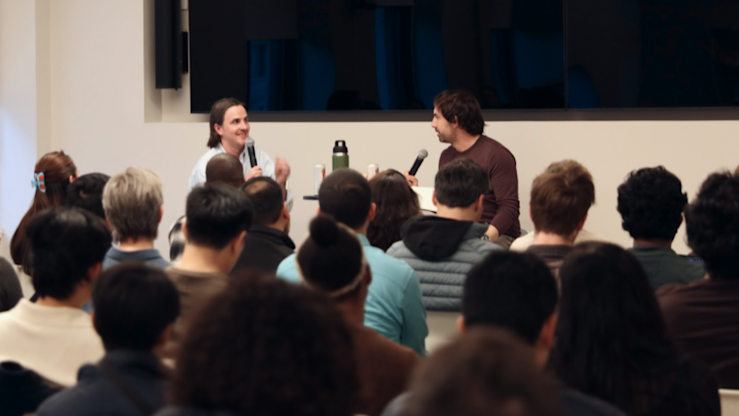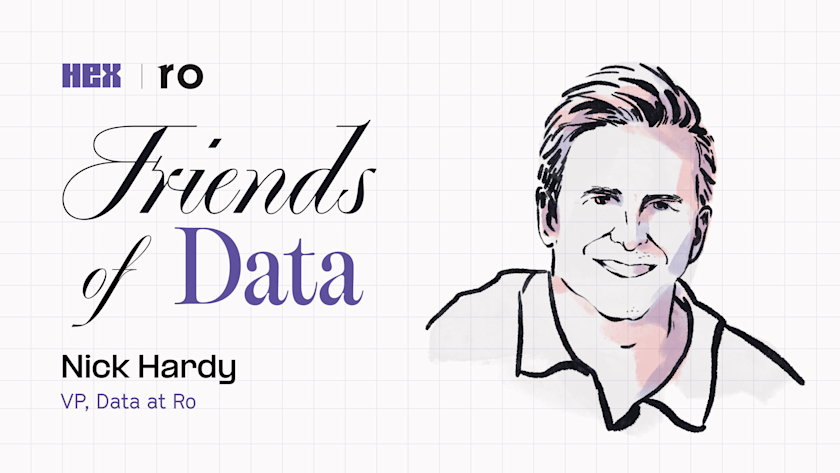At our last Friends of Data event in New York City, we talked to Nick Hardy, who’s now VP of Data at Ro, a direct-to-patient telehealth company.
Nick shared how he transformed Ro's data team by embedding analysts directly within partner teams — a change that's supercharging decision-making across the healthcare company.
He also shared about the transition of working with data at BuzzFeed (back when the modern data stack was just a twinkle in our eyes) to now working with sensitive healthcare data at Ro, and the thoughtful management that happens behind it. Sign up to learn about our next Friends of Data event!
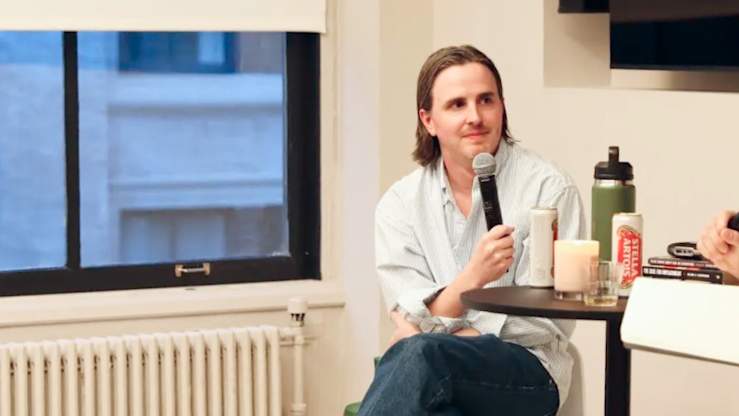
Note: This interview has been edited for brevity.
What was it like working at BuzzFeed?
It was a really cool place to be a data person! We were publishing content to twenty different places on any given day, so we had to figure out what was working best.
At the time, everything that we use today didn't exist — there was no Fivetran, no dbt. We were doing things like writing Spark, which now doesn't feel that different from stone tablets! I ended up working there for seven years, left in 2019 and spent a year at Bleacher Report running content and product analytics. I joined Ro in 2022. We were series B at the time and now we're series D.
What’s the data set up at Ro? What's the data team like?
We sit in the tech org and report to the CTO, but it's a fairly decentralized and embedded team. There’s a centralized reporting structure, but it’s decentralized in day-to-day practice. This means everyone on the team has a stakeholder group — and in some cases, a more formal dotted line manager arrangement, depending on what part of the business they're working with.
We call most of the team ‘analysts’ but they operate in a way that’s pretty consistent with what a lot of other companies would call ‘product data scientists.’ They're sitting very close to the stakeholder teams, doing a lot of experimentation work and really driving the decision-making of the groups that they sit with. We work primarily with product, engineering, and product design but also work very closely with growth marketers, operations and our finance team. We're one of the most horizontal teams in the entire business.
We also have a smaller but very important centralized function that does analytics engineering and shepherds the infra that the analysts build on.
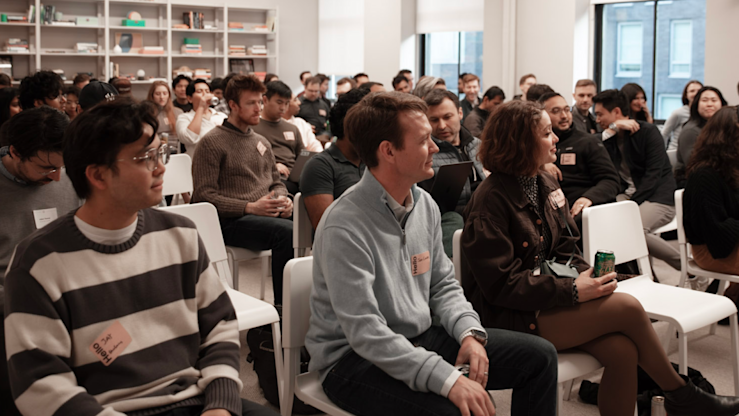
What sparked the move to decentralize the team?
When I first joined Ro, the team was set up in a more centralized model, which can sometimes make it harder to build deep, day-to-day context with partner teams. We saw an opportunity to evolve the model to bring analysts closer to the business and unlock more impact in how data supports decision-making. Our CTO, Todd Levy, was looking to evolve the working model and wanted someone to come in who knew what that looked like. We had worked together previously at BuzzFeed, so that's what led to me being here.
What did the process of decentralization look like? How did you create bridges with the rest of the business?
We didn't do it all at once — we did it first in a pocket and then expanded into other parts of this business. We also used a more hybrid model at first and asked ourselves: which parts need to be centralized and consistent? You have to be careful making a big change like that all at once because you can easily end up in the “Wild West” with seventeen versions of the same model built in slightly different ways, but ultimately solving similar problems.
You need to have some governance and structure, and that's part of why we've ultimately kept analytics engineering a centralized team, so that it can sit at the intersection of all that.
In that sense, it's more like a hub and spoke model — the analytics engineering team is responsible for working with all of the analysts and figuring out how and where it makes sense for us to have consistency and where it makes sense to fork things.
Once you have the key pieces in place, there can start to be an organizational virality to all of this. Departments across the org might start noticing, “Oh, this looks different and that team is doing really well. How do I get that?” You want other stakeholders to see what's happening in a pocket of the organization and say, “That is what I'm looking for.”
It's also important to remember that all of this has played out over five years. It sounds easy, but it took us a couple of years to get to a place we were really happy with.
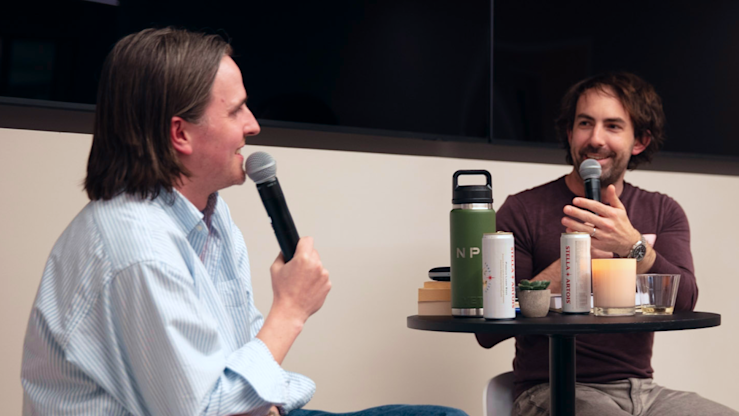
What have you learned about data in healthcare, and how is it different than other places you've worked?
We joke sometimes that doing data work here is like doing the work on hard mode. When I was at BuzzFeed, our data was huge and we had tons of it, but it was all anonymous. There was no concept of having data that some of the organization shouldn't see. Here, it’s the complete opposite problem. Our data represents deeply personal aspects of individuals' health, and that's a responsibility that we take very seriously as a data team and broader organization. We have to be very thoughtful about how we handle our data.
The BuzzFeed data was very narrow and very long. The data here is still big, but it's wide. Like I said, the stewardship of the data is something that the team takes very seriously, and we've invested a lot of time and energy into the infrastructure around it.
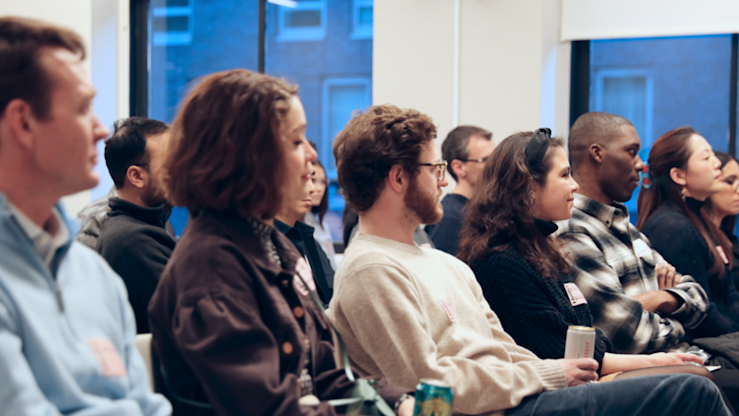
What is AI going to do for data roles? Do you think we're going to wind up with fewer data analysts?
The place where we have landed, if I had to boil it down to something pithy, is: For any profession, there's going to be the people who use AI and the people who don't.
Generally speaking, the ones who do are going to be faster, more productive, and probably able to do more things than an equally skilled person who decides not to use those tools.
I think that the work that data analysts do is going to change, but I also think that has always been what's happened. When I started out as a data scientist twelve or thirteen years ago, a lot of the work that our team did was data engineering. We were building pipelines, datasets, and trying to figure out how to just get data in the org's hands — having the data at all was a huge advantage. I used to spend more than half of my time writing data pipelines and now you can just go buy Fivetran, click five buttons, and the data is in your data warehouse.
For as long as I've been doing this kind of work, there's been this notion of a unicorn data scientist. Ten years ago, that person needed to be a full blown data engineer and also an ML engineer and be able to do all these other things. Now, there's other ways to solve a lot of those problems.
At the end of the day, my view is that data teams exist to help the business make decisions and, ideally, to help them make decisions really quickly. Decision velocity is something that we talk a lot about as a company and as a team, and AI is going to take that to the next level.
